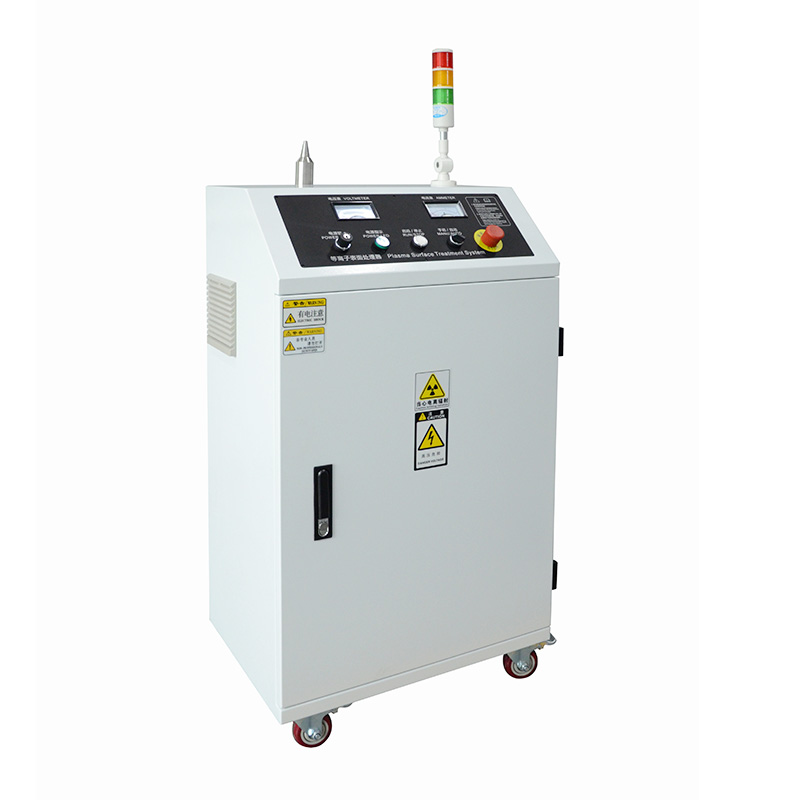Surface modification treatment of fibrous materials
Fiber is often used for printing and dyeing treatment, but many fibers are polymer materials. In order to ensure its effect, in order to prevent the fiber from fading after printing and dyeing, the current fluent solution is to use plasma treatment, which can improve the hydrophilicity of the fiber. If you do printing and dyeing, the effect will be much better.
There are many techniques for fiber surface modification, including heat treatment, ultraviolet radiation, high-energy rays, chemical grafting, etc. A series of methods, but the use of plasma fiber surface modification is the fastest growing technology in recent years. The cleaning machine is modified by generating a large number of charged particles, excited particles, photons, free radicals and other plasmas in the dielectric barrier discharge.
The principle of plasma surface modification is to use fine particles to continuously bombard the surface of the material to increase the roughness of the surface of the material. Because the fiber has no shape, it must be placed in the environment of a vacuum chamber for processing. The vacuum chamber can carry out all-round processing of the fiber的处理。 Treatment.
The entire modification process of plasma on the fiber is to use high-energy plasma to hit the surface of the material, which can change the physical and chemical properties of the material surface without destroying the surface characteristics of the material, thereby improving the specific surface area, pore size, pore volume, and surface functional groups And other related technologies.
In addition to plasma, fiber surface modification treatment also includes a series of methods such as heat treatment, high-energy ray modification, ultraviolet radiation, and chemical grafting. Compared with these methods, the plasma modification technology and the surface of the material have many forms of action, and the process has a wide range of applications, which is convenient for continuous automated production.
Taking pet fiber as an example, pet is also called polyester fiber, which is what we commonly call polyester fiber material.
PET fiber is a synthetic fiber obtained by spinning polyester that is polycondensed by organic dibasic acid and dihydric alcohol. It is a ski fiber with high strength and high modulus. Clothing made of this fiber material is resistant to Wearable, crisp, easy to wash and other advantages. However, due to its compact structure and strong hydrophobicity, it has poor dyeability, moisture absorption and stain resistance, and is prone to static electricity. In order to improve this problem, a vacuum plasma cleaner can be used to modify this material, pet Not resistant to high temperatures, the temperature of the vacuum plasma is very low.
The plasma treatment machine can effectively improve the hydrophilicity of the pet surface and increase the free energy of the material surface by introducing oxygen or nitrogen-containing polar groups. In the actual care process, the treatment of the plasma cleaning machine is cleaner and environmentally friendly. , Green energy saving and other advantages, while having more prominent economic and environmental benefits, it is one of the ideal choices for processing pet fiber materials.

评论
发表评论